Spring Bear Hunting
While I’ve used several methods of spring bear hunting (hounds, baiting, and calling) spot and stalk hunting has been my go to method, especially as life’s increasing responsibilities limit the time and money I can contribute to my outdoor pursuits. It takes a lot of time to run a bait properly, and hounds are both expensive and time consuming. In contrast, all you need for good spot and stalk spring bear hunting is a little motivation and the knowledge of how to find the bears. This will be a two part series focusing on finding bears in what I consider the “two seasons” of spring; early season (when bears focus on spring green up) and late season (when their food and social habits begin to change).
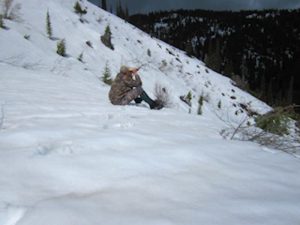
Finding early spring bears call for getting up to snow line and glassing the new green growth that pops up soon after the snow melts off the hills.
Finding spring bears can be tough. Although black bear populations are robust throughout much of their range, bears live in much lower densities than the ungulates we often pursue. Additional, early season bears tend to be less active than later in the season. A bears activity tends to increase from spring through fall when they enter a hyperphagic state where they’re eating almost non-stop.
Combine relatively low densities and low activity with a secretive and wary nature and just seeing a bear can seem like a victory in itself. While consistently finding bears can be a huge challenge there are things you can do that will significantly increase your odds. My preferred method of finding spring bears is to hike to a good vantage point and spend hours using my binoculars and spotting scope to cover ground. Although hiking and exploring new country is one of my favorite activities, to consistently find bears you need a good strategy and this often means using vantage points and good binoculars to cover as much ground as possible. The real key is to make sure you are using your binoculars to focus on the right areas.
To identify the habitat spring black bears are likely to spend their time, it helps to know a little about black bear biology. Like us, bears are omnivores, and despite all the stories we hear as children they spend a great deal of their time foraging on plants. In addition, after spending the winter months in a den a bear’s digestive track has all but stopped and a spring time salad helps jump start their system. While simply knowing a bear likes to eat plants (especially in the early spring) will help narrow your search for prime bear habitat, it isn’t going to get you far. There’s another part of their anatomy that can help you focus on specific land features. A bear’s digestive track does not have the required equipment (cecum) to completely break down and utilize course plant material. In order for bears to gain as much nutrition as possible from a plant based diet, they need to focus on plants in the early stages of growth when the plants are young and tender (easier to digest).
When searching for early season spring black bear hunting spots, I focus on the conditions that promote young tender plant growth in areas which receive little human activity. First, I look for areas of past disturbance (burns, avalanche chutes, logged areas, etc.). Second, I focus on south facing slopes where the sun has recently burned away the snow. Third, I follow the receding snow line. When I think of disturbance I’m looking for an activity that resets the successional stage of a forest from mature trees and/or brush to the young grasses and forbs that thrive in sun light. The most common disturbance activities in the areas I hunt are wild fires that occurred in prior years. If I can find a south facing slope that has burned a couple of years prior and is high enough in elevation to hold snow into mid-April I will focus a couple of days to early morning and late evening glassing sessions in search of bears. There are some useful online tools to help you find recent burns in an area you might want to hunt. Inciweb will give you current fire info but it might be too recent to be of much use. It is helpful to keep tabs on active wildfire’s though. Many states have GIS applications that will help you plan your hunt, and some have a fire layer that is very handy. Here’s a link to Idaho Fish & Game’s Map Center so you can get an idea of what I’m talking about. While fires may be common in the areas I hunt, you can find similar situations created in avalanche chutes, natural openings, and recently logged areas. I have found rehabbed logging roads where bears graze the roadside grasses almost like cattle in spring time pastures. Stalking old logging roads with fresh green grass on the road banks is a great way to find bears in the dense forests of north Idaho or SE Alaska!
While disturbance can set the stage for optimum early season growth of grasses and forbs, the aspect of a site contributes to its overall 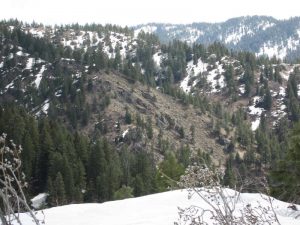 productivity and species potential. I focus on south facing slopes because they have the most daytime sun light which promotes plant growth. The combination of disturbance and a south facing slope fosters the growth of the grasses and forbs that bears target in early spring. The other feature I concentrate on is the snowline. I utilize the receding snowline as a prominent feature to locate young tender plant growth. As snow melts and exposes the soil beneath, the early stages of plant growth begin. It’s a great way to cut down large areas and focus where I know the early stages of plant growth are occurring. Remember because of a bear’s biology, an early season spring bear hunter needs to focus on the young tender plants a bear needs as they awake from their wintertime slumber, and there are only so many areas where you’re going to find it which will concentrate the bears.
productivity and species potential. I focus on south facing slopes because they have the most daytime sun light which promotes plant growth. The combination of disturbance and a south facing slope fosters the growth of the grasses and forbs that bears target in early spring. The other feature I concentrate on is the snowline. I utilize the receding snowline as a prominent feature to locate young tender plant growth. As snow melts and exposes the soil beneath, the early stages of plant growth begin. It’s a great way to cut down large areas and focus where I know the early stages of plant growth are occurring. Remember because of a bear’s biology, an early season spring bear hunter needs to focus on the young tender plants a bear needs as they awake from their wintertime slumber, and there are only so many areas where you’re going to find it which will concentrate the bears.
Although early season bears forage primarily on young plants, I’d be remiss if I didn’t mention winter kill. Bears will not pass up a winter killed carcass. If I find a drainage with a winter killed elk or deer I’ll spend time looking for bear sign in the area and glassing where possible.
In the next blog post I’m going to focus on what I call the “late season” of spring bear hunting. We will dive into how a bears needs and focus changes throughout the spring season and how these changes should refocus your spring bear hunting strategy. To stay up to date on blog posts and new videos don’t forget to sign up for the mailing list on the main Blog Page.
Zach Swearingen.
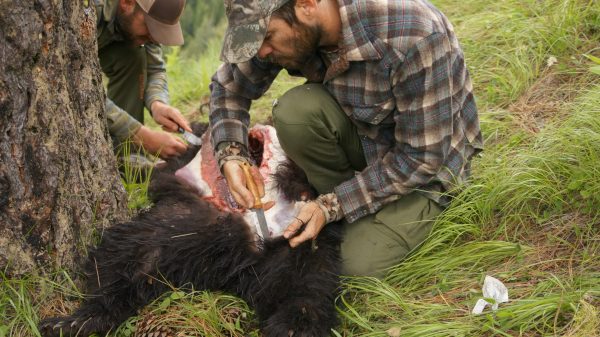

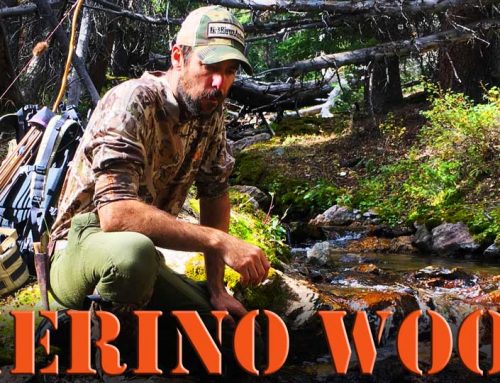
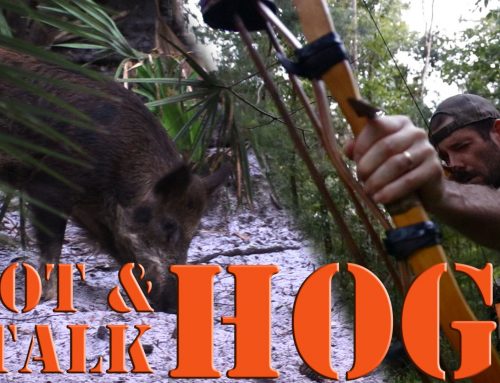
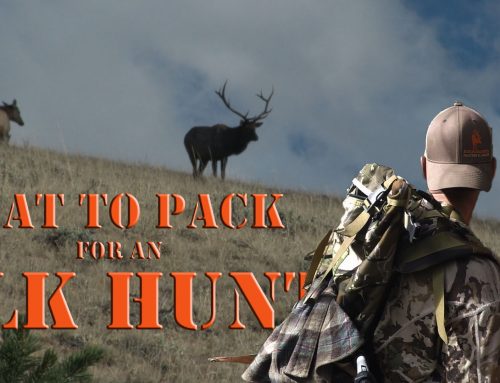
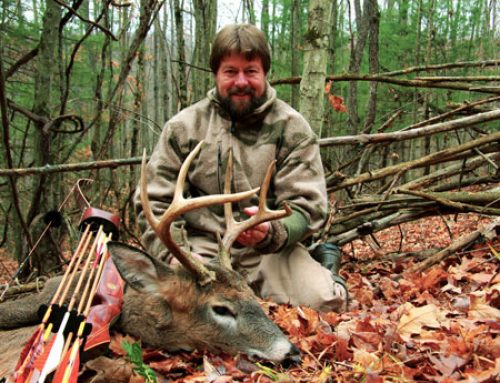
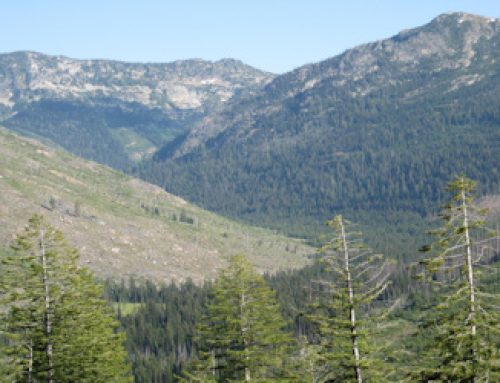
Zach, that all makes a lot of sense. Thanks.
Thanks Michael. I hope it helps finding bears a little easier.
[…] used my knowledge of spring bear habits and habitats, described in part 1, to find her – glassing from a high point and focusing on young plant growth. But despite my […]
Great bit of info. Thanks for the tips!